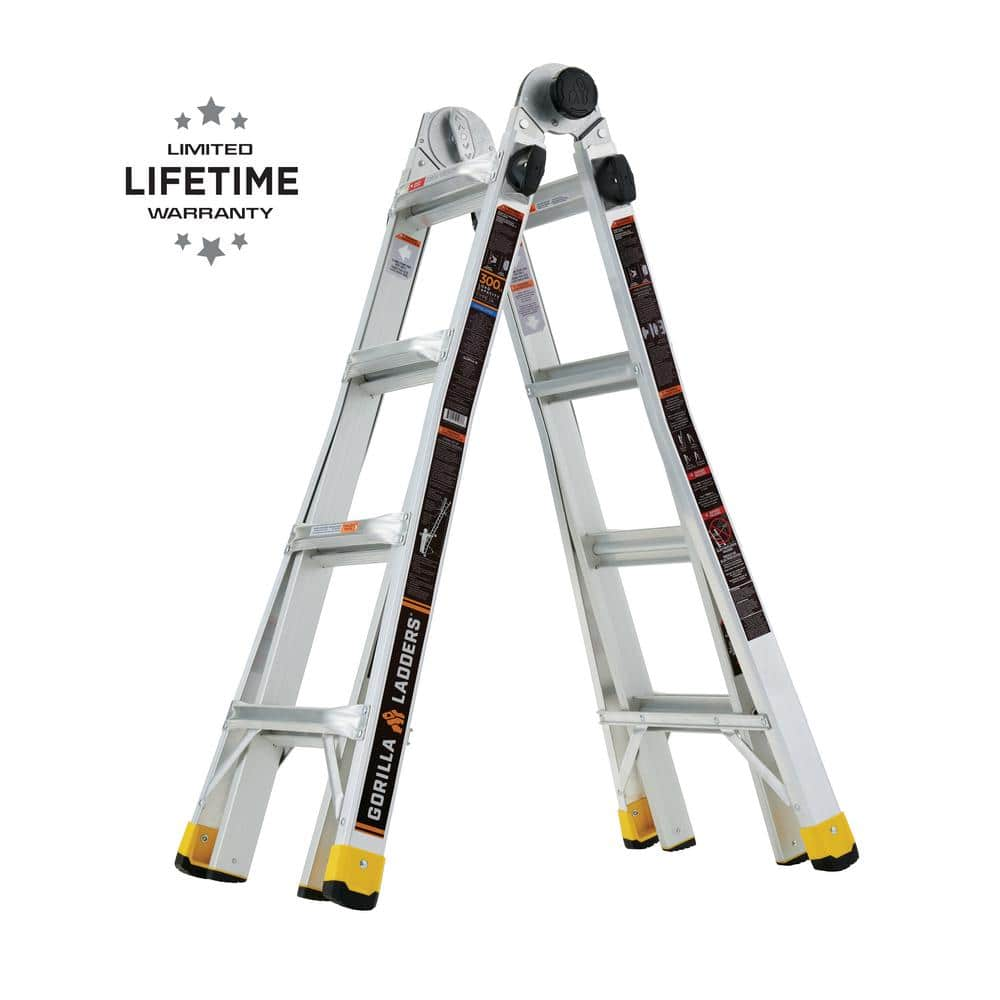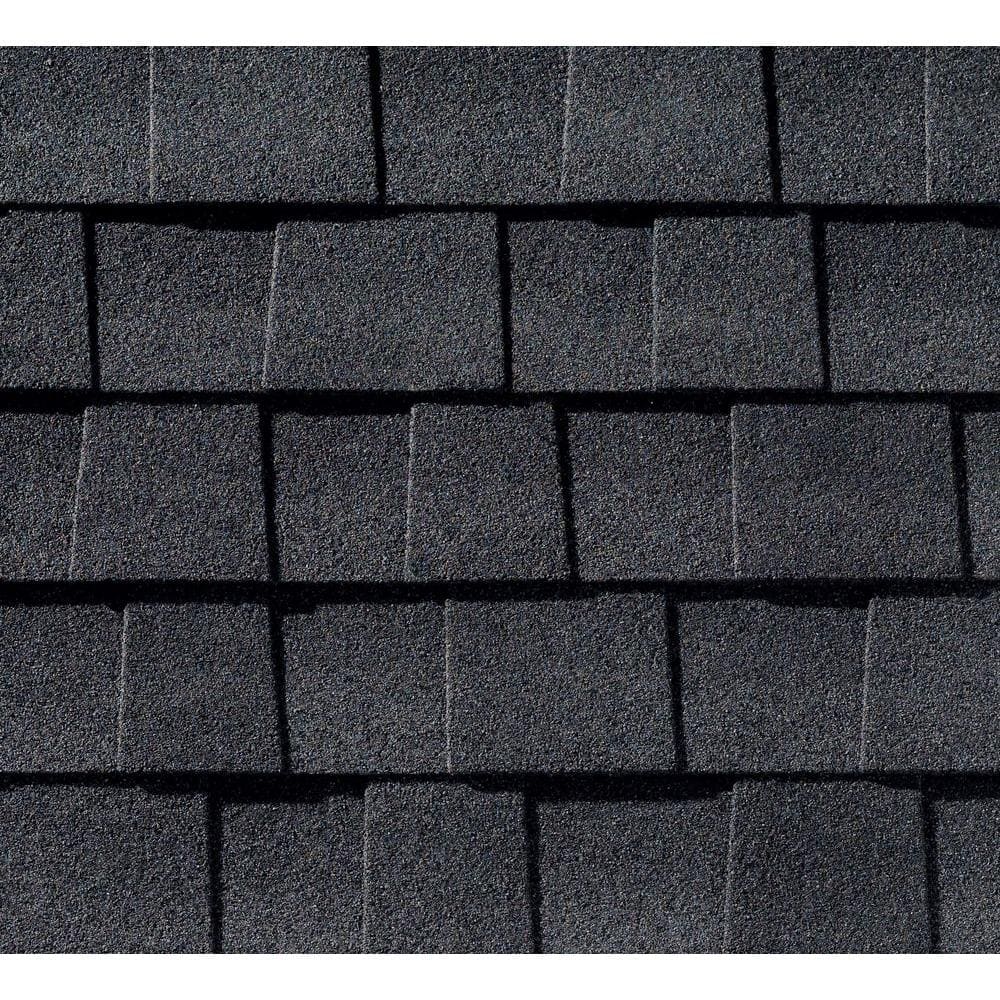Gorilla Ladders 3-Step Compact Steel Step Stool with 225 lb. Load Capacity Type II Duty Rating
Large, comfortable platform steps automatically lock into place. Folds up easily for storage anywhere in your home. Supports up to 225 lbs.
The Gorilla Ladders 3-Step Compact Steel Step Stool is lightweight and folds up extremely thin for easy storage anywhere in your home, office, or garage. It features large, comfortable platform steps that automatically lock into place. The nonslip treads and oversized non-marring feet improve stability and the convenient handgrip makes it easy to climb and carry. This durable steel stool is great for various tasks around the home.
- Lightweight and compact
- Space-saving profile
- Safe and easy to use
- Nonslip steps and feet
- 225 lb. Type II ANSI rating
- Lifetime limited warranty
Additional information
| Base Spread (in.) | 25.6 |
|---|---|
| Industry Standard Ladder Height (ft.) | 3.5 |
| Reach Height (ft.) | 8 |
| Rung/Step Depth (in.) | 8 |
| Step Rise (in.) | 9 |
| Storage Depth x Height (in.) | 2.25 x 3.6 |
| Certifications and Listings | ANSI Certified,OSHA Compliant |
| Manufacturer Warranty | Lifetime Limited Warranty |






by Chris
Just got my new two-step ladder today from curbside pick up. I think it’s going to work out great for my needs. It also folds up nicely for storage.
by Clover
Tall enough for me to reach high kitchen shelves, light weight and packs away neat and tight in the closet.
by Lottie
The Gorilla ladder is sturdy and folds up for easy storage.
by Emmanuel
The small step ladder is wonderful.
by Joann
Perfect for my tiny kitchen to reach higher shelves. Lightweight, compact and sturdy. Opens and folds easily. Very happy with the purchase.